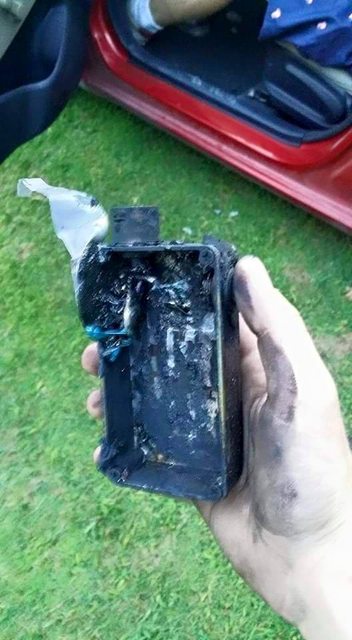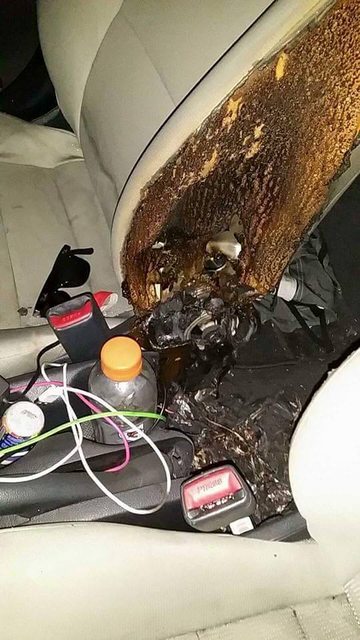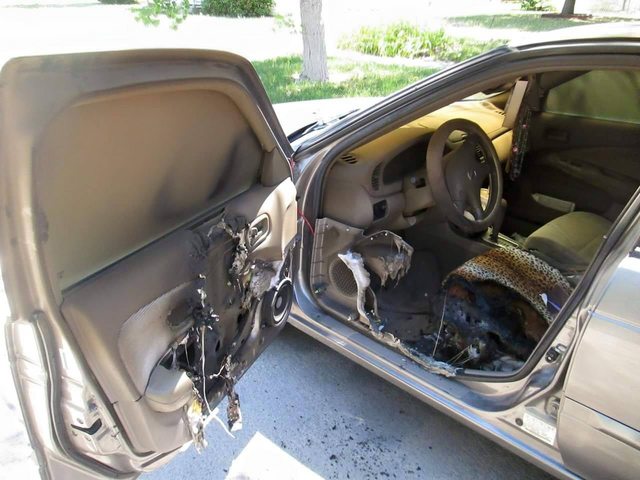TheDudeNextDoor
Abiding
What exactly does blow up mean? The ones I bought were recommended by someone a page back and have been used with the Zion I think so hopefully will be ok. The charger I will probably buy.
This is a controlled short that shows what can happen when an 18650 shorts out. I'm not suggesting this WILL happen, just illustrating that these batteries pack a lot of power, and you want to take precautions to insure something like this doesn't happen. The first and most important step is to be certain your battery cells are legit (i.e., OEM with quality control) and that you use and charge correctly. Not trying to scare anyone. It's just important to know what can happen with faulty batteries and/or incorrect usage.
Edit: Hopefully I am not breaking a rule by specifically talking about battery safety here. Would that fall into the "no discussion of internal elements"?
Last edited:

 Two stacked cells in a flat rectangle shape could maybe fit in your design (a 2S1P battery)...
Two stacked cells in a flat rectangle shape could maybe fit in your design (a 2S1P battery)...


